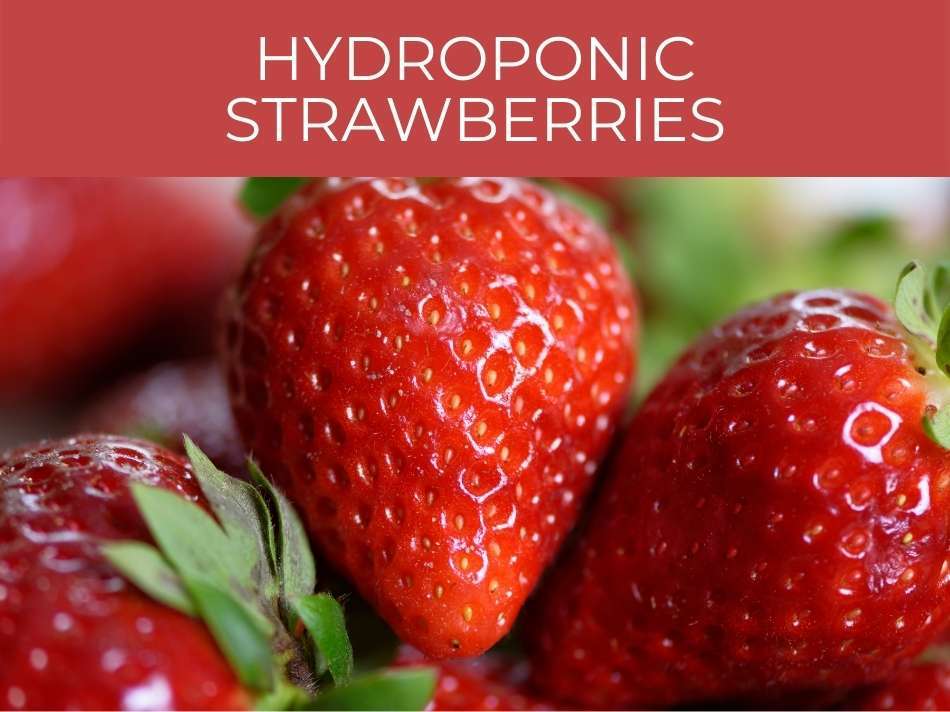Plants grow in soil, indoors and outdoors. At least, that’s what we expect. Did you know that you can grow strawberries just as effectively only in water? With a few added minerals, of course.
Hydroponics is the process of growing plants in a solution of water & nutrients. It’s an efficient way to grow strong and healthy strawberry plants. The system must use the correct nutrient solution to make sure the plants get the minerals they need– & also be maintained at the correct pH.
If you want to grow your own strawberries indoors, then set up a hydroponic system and enjoy superior fruit.
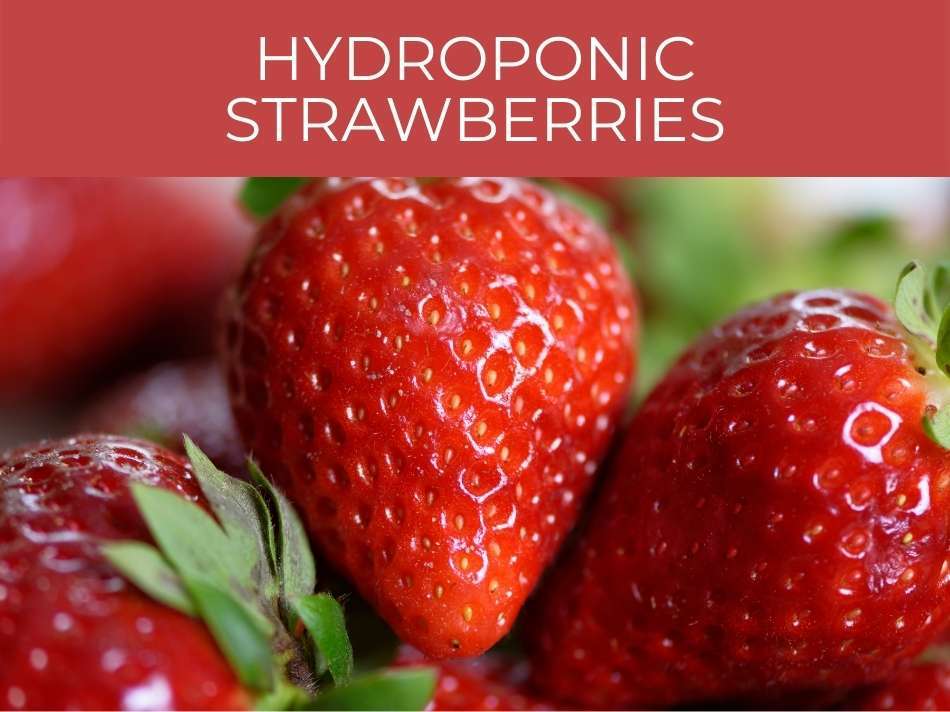
Hydroponic strawberries
Hydroponic strawberries are grown in a nutrient solution. The solution can circulate for a few days so it doesn’t have to be changed often. Hydroponic strawberries grow as efficiently as those planted in soil and are often even quicker to produce fruit.
A hydroponic system is as efficient as growing strawberries in soil.
The roots of hydroponic strawberries are suspended in a solution of nutrients and water.
They absorb the nutrients they need to grow straight from the solution.
Find out how often you should change the water in your hydroponic system.

Strawberry tower
A strawberry tower is column where strawberry plants are placed in planters– which are arranged vertically. The central tower contains the nutrient solution and an irrigation system feeds the solution into each planter.
A strawberry tower has a central pipe that takes the nutrient solution to all the levels.
The nutrient solution circulates through the system, so that each plant gets the nutrients it needs.
One of the biggest advantages of a strawberry tower is that it takes up space vertically, not horizontally.
This means that more strawberries can be grown in one area.
Because of using a tower, you will have a bigger crop, without having to use a large area for the strawberry plants.
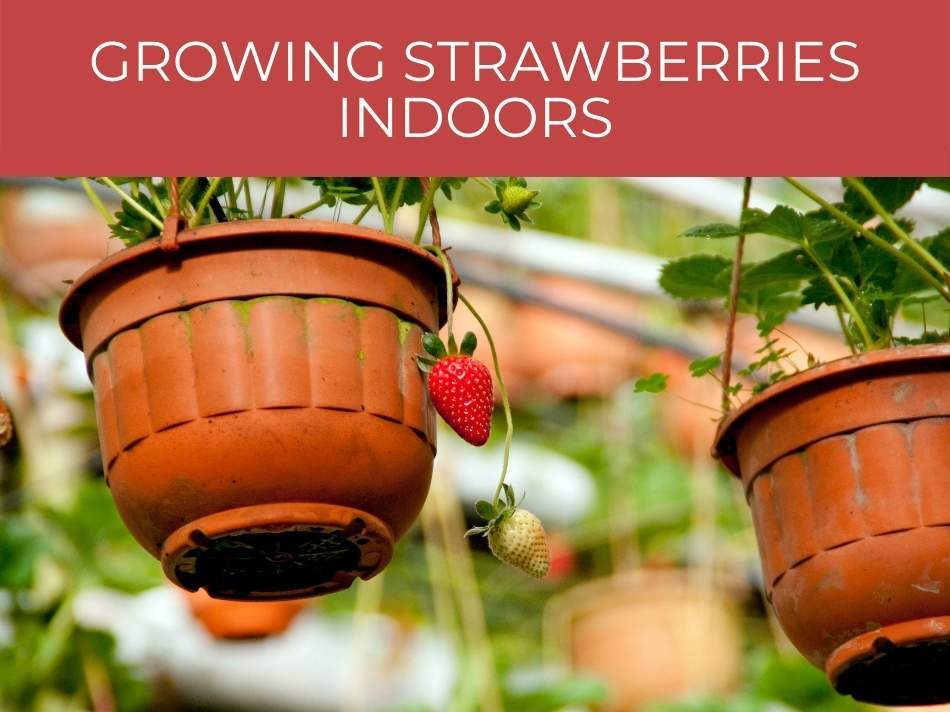
Growing strawberries indoors
When growing strawberries indoors you have 2 options: plant them in regular pots or use a hydroponic system; both options require some attention and take up some space. However, the hydroponic system is more self-contained and takes up less space.
Strawberries can be grown indoors in soil or in a hydroponic solution.
The containers you use to grow strawberries will depend on the substrate you choose.
The most common substrate used to grow plants indoors is soil, which means using individual pots or long planters.
Using a hydroponic system to grow strawberries indoors means less space and less hassle.
For a hydroponic system, you will need individual planters containing a liquid nutrient solution.
These can be arranged horizontally or vertically, which can take up less space.
A hydroponic system also means less hassle as the plants need less ongoing attention than if they are grown in soil.

Strawberry pH
Strawberries can tolerate a more acidic substrate than other plants; the perfect pH should be around 5.4 to 6.5. In a hydroponic system, this is controlled by keeping the balance in the nutrient solution to achieve the ideal pH.
Strawberries grow best in a substrate that is slightly acidic.
The ideal pH for strawberries to aim for is 5.4 to 6.5.
Maintaining the correct pH for strawberries grown hydroponically is important so that the plants will get the correct nutrients.
A pH that is not ideal can block the uptake of nutrients.
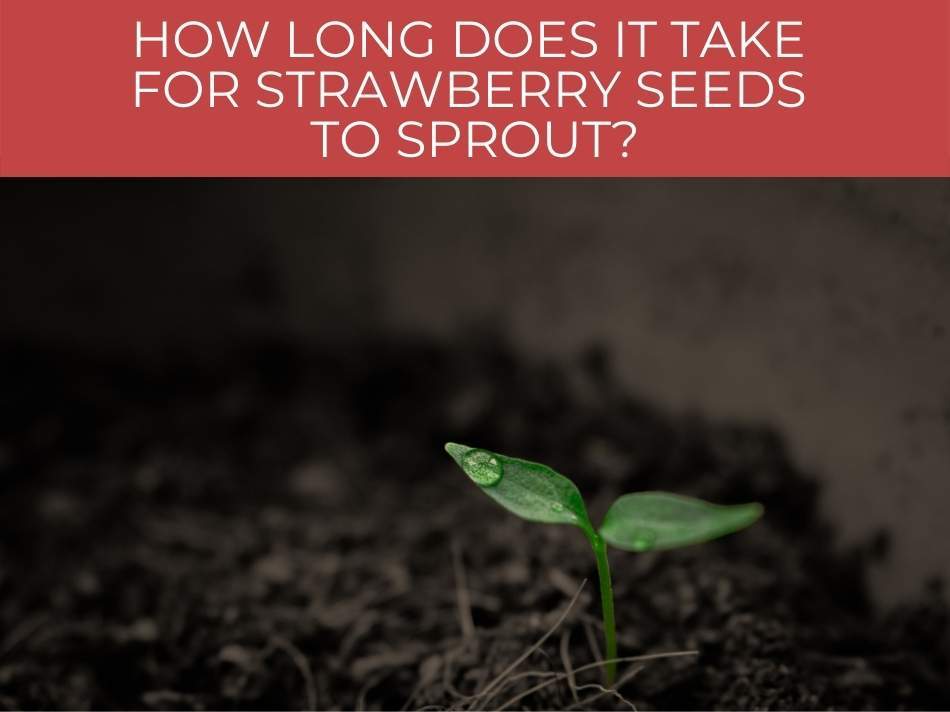
How long does it take for strawberry seeds to sprout?
Strawberry seeds will take about 2 weeks to germinate– as long as they are kept under the correct conditions. After that, it could be up to 3 or 4 more weeks for the sprouting shoots to show. The perfect temperatures are around 65 °F – 75 °F(18 °C– 24 °C).
Strawberries will take about two weeks to germinate, and the sprouting leaves will emerge above the ground two to four weeks after that.
The seeds need to be kept at a steady temperature and kept moist.
It is possible to germinate seeds hydroponically, but it is complicated and will take much longer than sprouting them in soil.
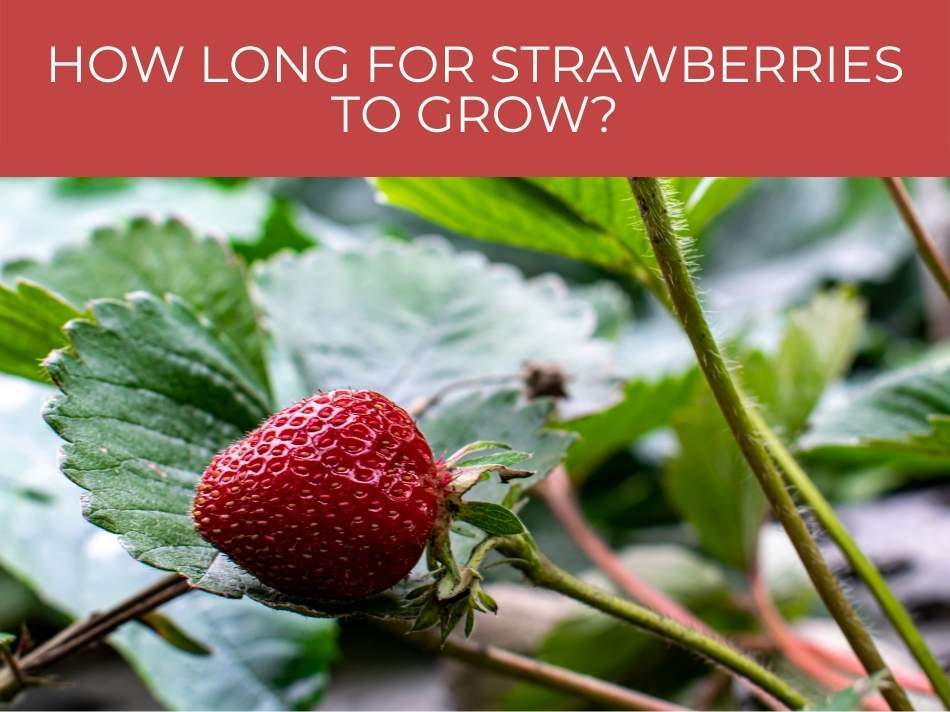
How long for strawberries to grow?
Strawberries grown in soil take about three to four months to produce fruit.
Once a strawberry seedling has been established in a hydroponic system, it will start growing into a mature plant. Certain varieties of strawberries will start producing fruit in 2 to 4 months; other varieties may take a couple of years.
Those grown in a hydroponic system can grow a bit quicker and produce fruit in two to four months.
If the hydroponic system receives about 6 hours of sun every day and the nutrient system is balanced efficiently, then the plants will grow well.
Some varieties of strawberries will grow and produce fruit throughout the whole year.

Kratky method
The Kratky method is the simplest hydroponic system. It’s based on plants being suspended above a nutrient solution, with the tip of the roots touching the liquid. This method does not circulate the water, so it doesn’t need an irrigation system of any kind.
The Kratky method is named after a researcher at the University of Hawaii, Bernard Kratky.
It is a passive system, with the solution not being circulated in any way.
Individual net cups are used, which are filled with a neutral substrate, such as coconut coir.
The plants are put in containers, which are suspended over a nutrient solution.
Only the tips of the roots touch the solution.
The container of water and the net pot is sealed together.
The strawberry plant grows and essentially sends out lateral aerial roots, which survive on the oxygen that is trapped as the plant uses up the water.
The plant will grow and produce fruit during this process.
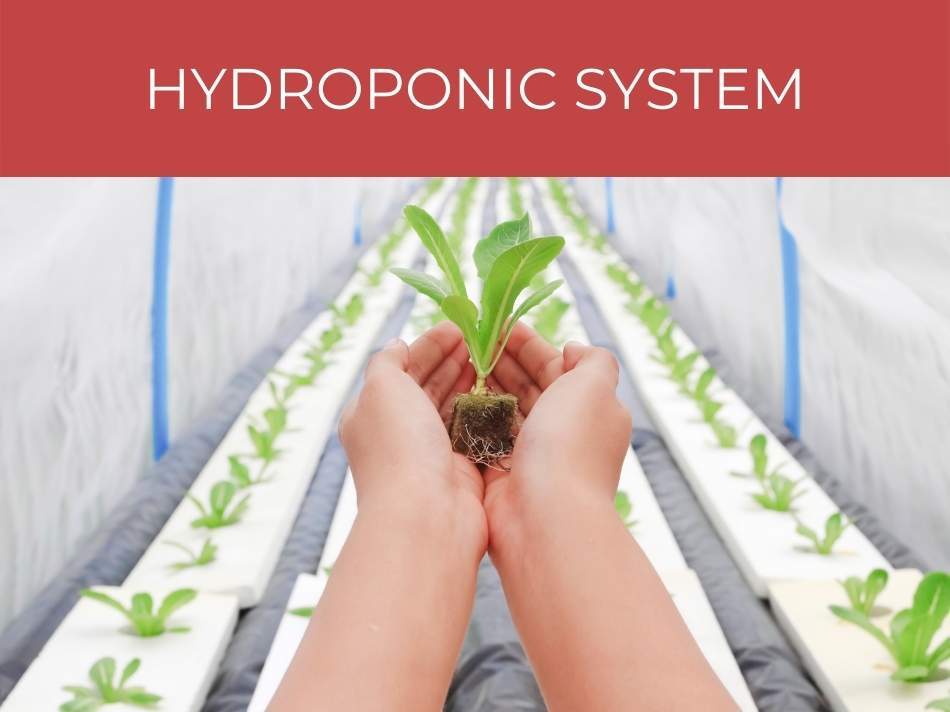
Hydroponic system
Many hydroponic systems are relatively expensive to set up, but save money in the long run. The systems all rely on a nutrient solution into which the roots of the plants hang, allowing them to take up the required nutrients.
A hydroponic system essentially consists of a system of planters all linked to a central nutrient solution.
The roots of the plants hang into the solution, from which they receive their nutrients.
There must also be an efficient irrigation system to get the solution to all the plants.
Hydroponic systems range from using Individual plastic bags to a vertical hydroponic system.
A vertical tower with four pipes is most successful in the yield of the number of plants grown.
Check out our complete guide to getting started with hydroponics.
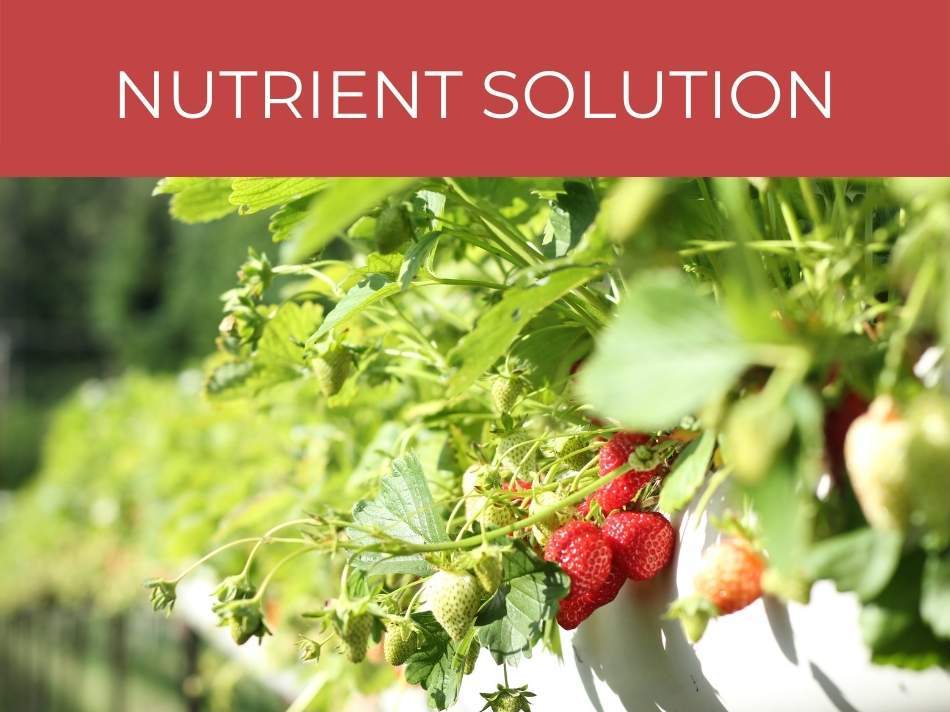
Nutrient solution
The nutrient solution is the basis of a hydroponic system.
The nutrient solution used in a hydroponic system is the key to growing the strawberries. The solution supplies the plants with the necessary water and minerals. Use a solution that is used is specifically tailored for strawberries; the optimal pH for strawberries is 5.5 – 6.5.
Using a hydroponic system, you don’t have to water the plants constantly.
The essential nutrients for strawberries are added to the water.
The nutrient solution has to have the correct pH for strawberries, between 5.5 and 6.5.
Check out the complete article on nutrient solutions.
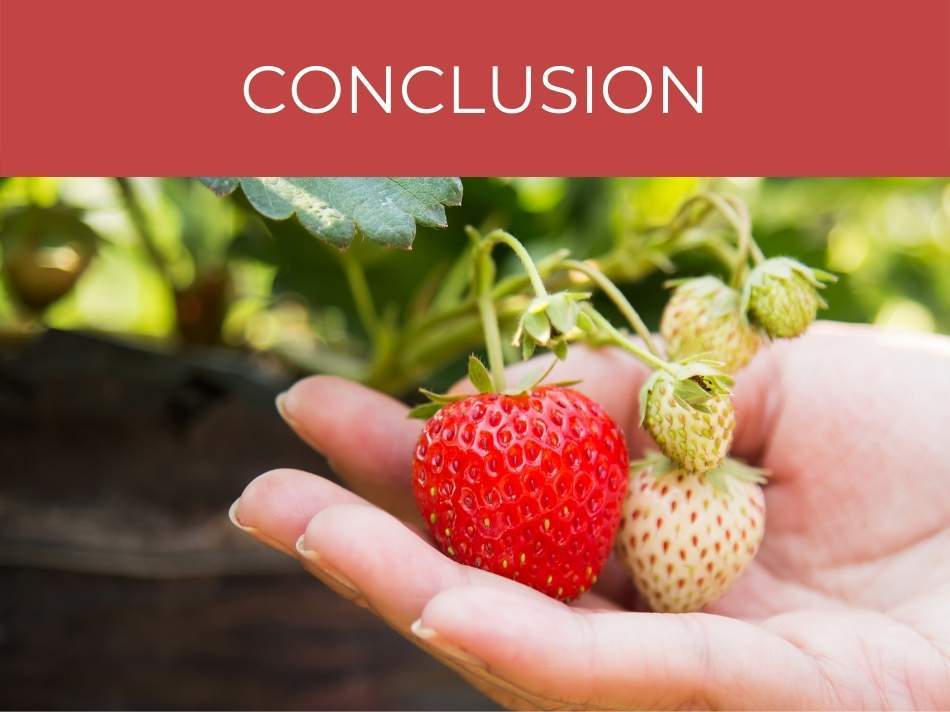
Conclusion
Growing strawberries hydroponically is efficient and saves space. It is also an option that does not require a lot of input once the system is established. Use this self-contained method to produce a good crop of strawberries throughout the year.

